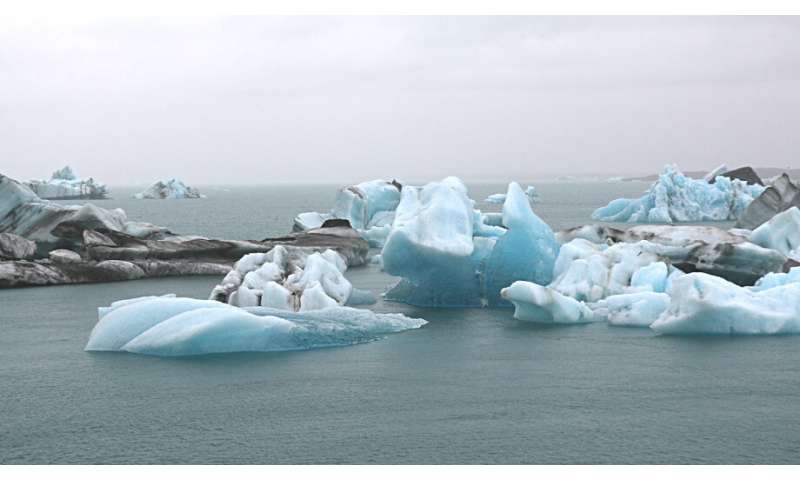#Historic carbon dioxide decline could hold clues for future climate
“#Historic carbon dioxide decline could hold clues for future climate”

A new study led by researchers at The Australian National University (ANU) provides a clearer snapshot of conditions during the last ice age—when global ice sheets were at their peak—and could even lead to better models for future climate projections.
The study demonstrates a new way of recreating ocean conditions in the Atlantic during the Last Glacial Maximum (LGM)—around 20,000 years ago.
Lead author Dr. Jimin Yu says scientists have been trying to reconstruct ocean circulation for this time period for decades, because of the clues it offers about past CO2 levels and changes in climate.
“The LGM was a time of much lower CO2 levels, lower global temperature and lower sea levels,” Dr. Yu said.
The researchers say old ocean models cannot explain recently published data on the LGM, meaning a change in thinking was needed.
Using marine sediments to reconstruct deep-water carbonate ion—which traces reflecting seawater acidity—the group generated a first-of-its kind map showing water conditions for the last glacial Atlantic.
This map reveals a new glacial deep Atlantic circulation model.
“We found that carbon-rich Pacific Deep Water extended northward up to about 20° S in the South Atlantic at three to four kilometers depth during the Last Glacial Maximum,” Dr. Yu said.
“This may have contributed critically to the decline in atmospheric CO2, thereby helping to initiate the glacial maximum.”
According to Dr. Yu, ocean circulation is a key regulator of climate, storing and transporting heat, carbon and nutrients.
“This study suggests as waters shifted during the LGM, carbon was stored in the deep ocean, lowering atmospheric CO2 levels,” Dr. Yu said.
This information could also help improve or test the performance of various climate models.
“If a model is able to reproduce the data—a method known as hindcasting or backtesting—it might give us confidence in the model’s ability to map out future climate conditions,” Dr. Yu said.
The research has been published in Nature Geoscience.
More information:
J. Yu et al. Last glacial atmospheric CO2 decline due to widespread Pacific deep-water expansion, Nature Geoscience (2020). DOI: 10.1038/s41561-020-0610-5
Historic carbon dioxide decline could hold clues for future climate (2020, July 24)
retrieved 24 July 2020
from https://phys.org/news/2020-07-historic-carbon-dioxide-decline-clues.html
This document is subject to copyright. Apart from any fair dealing for the purpose of private study or research, no
part may be reproduced without the written permission. The content is provided for information purposes only.
If you want to read more Like this articles, you can visit our Science category.
if you want to watch Movies or Tv Shows go to Dizi.BuradaBiliyorum.Com for forums sites go to Forum.BuradaBiliyorum.Com




